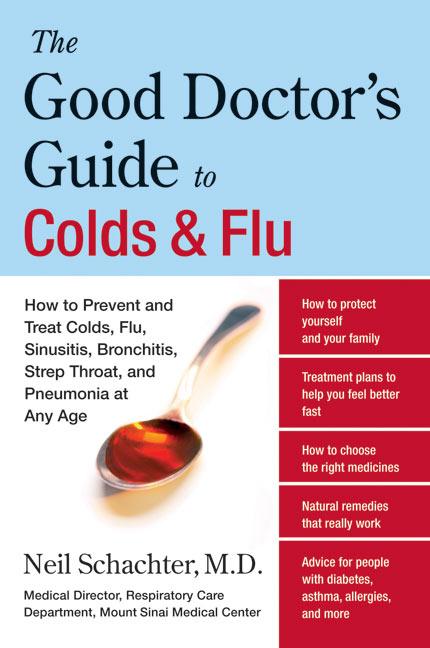Recognizing the Signs of a Severe Infection
Because respiratory infections like colds and flu make us feel so weak and achy, people often call their doctor for relief. During the winter months, I get several calls a week from patients who are concerned that they may have pneumonia. Most of them do not. On the other hand, sometimes I see patients in the emergency room who do not realize how sick they really are until they need an ambulance. So when should you call a doctor? There are four key signs that a cold or flu has turned serious and that it is time to call a physician immediately:
Chest Pain
Chest pain is a serious symptom. The lungs themselves have no pain fibers, so when it occurs, pain may be significant. The surface of the lungs is covered with a thin membrane called the pleura. This coating has exquisitely sensitive nerve endings and when the pleura develops infection or inflammation, it is a condition known as pleurisy. The pain can be excruciating, particularly when you cough or take a deep breath.
Shortness of Breath
The lungs serve as the body’s source of oxygen. As we inhale, oxygen is transferred from the tiny alveoli that lie at the ends of the small airways. If these structures become clogged and infected with fluids and bacteria, the oxygen levels in the body can drop sharply. The oxygen is just not able to get out of the lungs and into the bloodstream.
Rusty Sputum
In most respiratory infections, the mucus that you cough up is usually cloudy and has varying shades of white and yellow. If it has a pink or rusty hue, it is likely that violent coughing has broken small blood vessels in the airways. The blood itself is usually not the problem. Rather it is a sign that the airway or lung tissue is quite inflamed or possibly damaged.
High Fever
A fever over 102F indicates that the body is dealing with a significant infection. High fevers can cause dehydration, increase blood pressure and put a strain on the heart. The pattern of fever is also important. A high fever early in an illness suggests influenza, while a fever that rises after a few days could indicate a secondary bacterial infection of the sinus or ear passages or even some type of pneumonia.

